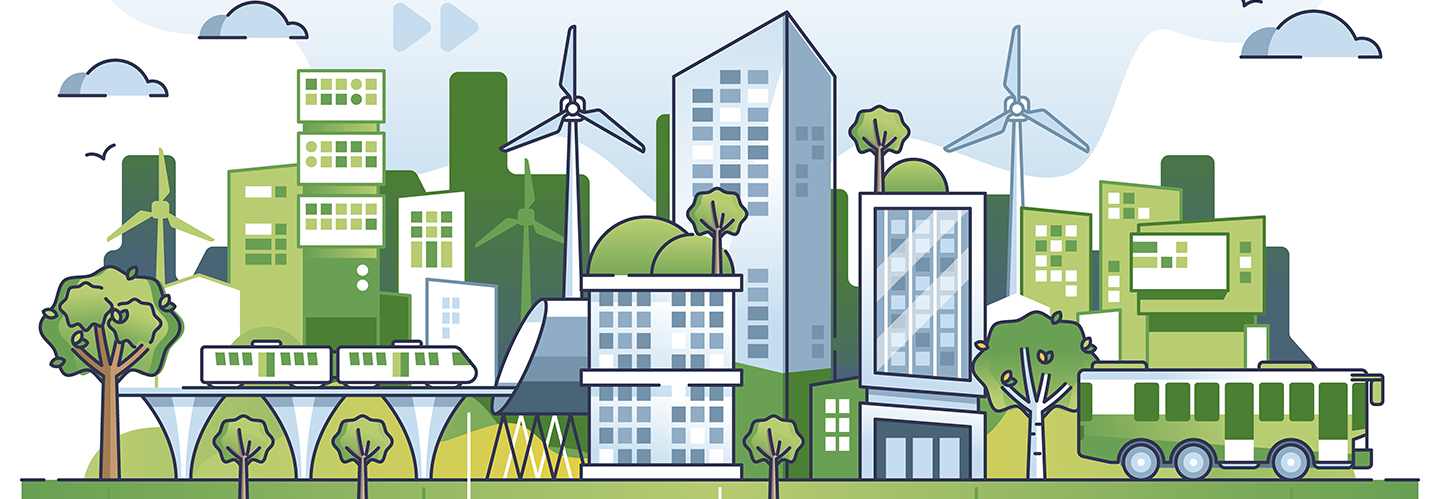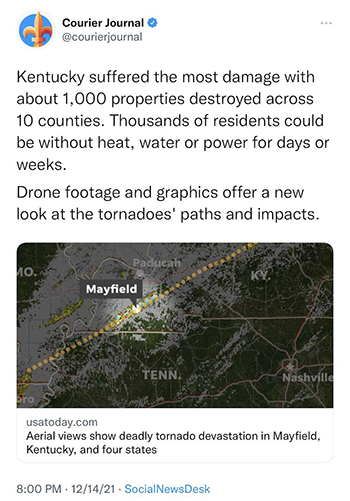Washington (GGM) Analysis | March 7, 2021 by Catherine Zacuto, M. Ed.; source expert contributions from Stephen Santangelo
Sustainable farming methods form one of many paths toward reversing climate change. Through informed decision-making and perseverance, every person can increase their sustainability factor and make a positive change for the planet. Shrinking our collective carbon footprint begins with each individual making conscious choices to achieve balance and harmony with the planet. Elevated beds for growing fruits and vegetables is one step in this direction.
Why Elevated Beds?
According to sustainability expert Stephen Santangelo, there are vast benefits to this type of farming. Stephen relies on science-based resources to inform his decisions as he creates rich, healthy soil that increases the nutrients in his crops and adds beneficial carbon to nature. These advantages might spur you on to switch to elevated bed farming, especially if you are growing food for family sustainability rather than monoculture development.
According to Stephen, advantages include:
- pH balancing
- Promoting beneficial bacteria & fungi for rapid microbiotic growth
- Balancing minerals
- Developing plant hormones & enzymes
- Cover crop specificity
- Mulching for nitrogen/carbon ratio

CLIMATE CHANGE & ENVIRONMENTAL HAZARDS:
Plastic Bank and Ocean Bound Social Plastic, Really?
Alarming Findings | Are We Inhaling Nanoplastics?
Golf Courses and the “Good Life” May Kill You
Wondering where to start?
The research Stephen has conducted and his experience are valuable to those who want to follow his lead into the world of raised bed farming. When Stephen and his wife, Lori, began farming as a lifestyle choice, like most of us, they planted straight into the ground. They soon discovered that the clay earth and slate in the soil was not favorable for producing a wide variety of crops or providing high nutritional values. Stephen explains that clay locks up many of the needed minerals essential for productive crops. This interferes with beneficial bacteria and fungi from doing their jobs.
In raised bed gardens, you can solve this problem by using healthy soil. Stephen explains, “In just one gram of the best garden soil are millions of living and vibrant organisms all creating a balanced micro-cosmos.” The microbes metabolize nutrients which are then carried to the roots and fed to the fruit. If the soil contains clay and slate, water can’t be absorbed, which causes root foods to rot. Having lots of healthy microbes helps aerate the soil, fight disease, and gets rid of the need to till the soil.
Mineral balance is critical to the success of your raised bed garden. Stephen and Lori found that the soil in their geographical location lacks selenium and magnesium, both of which are needed for proper growth of plants. This creates problems for other minerals. The minerals work together to grow healthy crops. Elevated beds make it easier to achieve just the right balance of minerals. There are a range of mineral tests available for purchase. Decide if you need to know all of the minerals or just the most common ones.

The pH balancing is another consideration. One of the benefits of elevated beds is that you can control the pH balance of each crop. Balancing the pH is critical to plant growth and it is also good for the soil. Stephen says it beautifully. “Soil is a living world of many intricate life forms to sustain numerous living organisms.” You can buy inexpensive pH tests to do yourself or find local resources such as agricultural extension offices or colleges.
Disease and weed control are also important factors to consider with elevated beds. Stephen warns that factors such as high humidity, rain, and extreme temperature changes increase the chances of disease. One important weapon to fight disease is having the right balance of minerals and pH. Secondly, Stephen recommends placing elevated beds far enough apart to prevent harmful bacteria and fungi from hopping from one bed to another. As organic farmers, Stephen and Lori, do not use chemicals to thwart harmful agents. Not only do chemicals kill the harmful agents, they destroy the helpful ones, as well. Organic farming practices preserve the soil and contribute to the overall health of the crops and the planet.

What difference will you make?
Your choice to engage in sustainable farming practices is a gigantic step towards shrinking your carbon footprint. Stephen and Lori have become 97-98% food sustainable through developing an awareness of soil fertility. They have set the example for us! Stephen’s insight on soil health is the foundation of sound, productive agriculture that we can all practice. A healthy global ecosystem in which thoughtful agriculture and land-use practices cool the planet, are all part of what even a single family can achieve. Using science-based research and time tested practices, we can move toward a more earth-friendly and productive approach to farming. In Stephen’s words, “Dedication and a sincere approach to farming are factors which encourage biological diversity, creating a living ecosystem for our flora and fauna to flourish in harmony.”



Next Steps
Balance and harmony are themes that resonate throughout the sustainable farming process. With this in mind, consider how you can add balance to your life by living even more sustainably:
- Create a raised bed garden to begin producing your own food
- Reduce waste by creating compost from your kitchen scraps and add it to your raised bed garden
- Access scientific research (via text resources or podcasts) to increase your understanding and awareness of our carbon footprint
- Share your sustainable farming practices with friends
© Copyright 2021. ALL Rights Reserved.






































